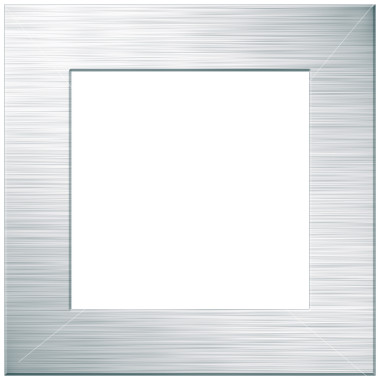To display and preserve fine art photographs over many decades, they need to be mounted and framed adequately. I’ll try to explain your choices.
1) Frame style:


Main choices are wood or metal. Wood is more substantial and looks it, and can be less expensive. Metal is easier to work with and repair if the frame is damaged. (Don’t be afraid of metal kit frames. I’ve seen them used in the finest photography galleries.)
Color: Most Museums and Fine art galleries use Black frames, though silver is showing up more. I prefer a luster finish, not shiny.
2) Frame Size: First you have to decide which drives the frame size, the photograph or the frame. Some artists start with standard frame sizes (such as 16×20) and then adjust the matt to fit.
I prefer to start with the photograph size (say 20×30) then adjust how much larger the frame is than the photograph using the mount and matt the guidelines below.
Frame Depth: Make sure the frame is at least one inch deep; front to back. Deeper, up to a few inches, is often better.
Matt Guidelines:
Mounting Matt (always use “acid free”) with one-half inch border around photograph for 12″ by 18″ print[print?:printing image graphic cutting solution]. For a 20″ by 30″ print use 1″ border between the edge of the print and the start of the matt bevel.
Use a Cover Matt that is double thick and beveled. (Few can do this professionally at home. It is almost always worth the $25-40 to have a professional framer do this for you.
For 12″ to 18″ prints use 3″ to 4″ breadth Matt.
For 20″ to 30″ prints use 4″ to 5″ breadth Matt.
For 4 foot to 6 foot prints use 5″ to 6″ breadth.
3) Mount photograph to a backing:
a) Use Dry-Mount on “gatorboard” or Museum quality (acid free) matt or foam board[foam board?:foam board].
b) In humid (coastal) areas, even Museum quality matt or foam board can warp rapidly. Aluminum sheet called “dibond” is considered the most rigid and flattest mount and is not affected by humidity.
c) Some very high end Framers use a “Hanging mount” – with the photograph just taped to the back of the matt with acid free mounting tape.
4) Glass or Acrylic:
On prints larger than 8 by 10 inches glass can break easily. So I suggest break resistant crystal Acrylic, with UV (ultraviolet) protection. Use of non-glare is a personal aesthetic choice. There is also Museum grade non-glare acrylic. It costs double, but my photographs look so much better.
Secure print in frame in back with cardboard sheets – not metal clips which can dent your print or rust the work.